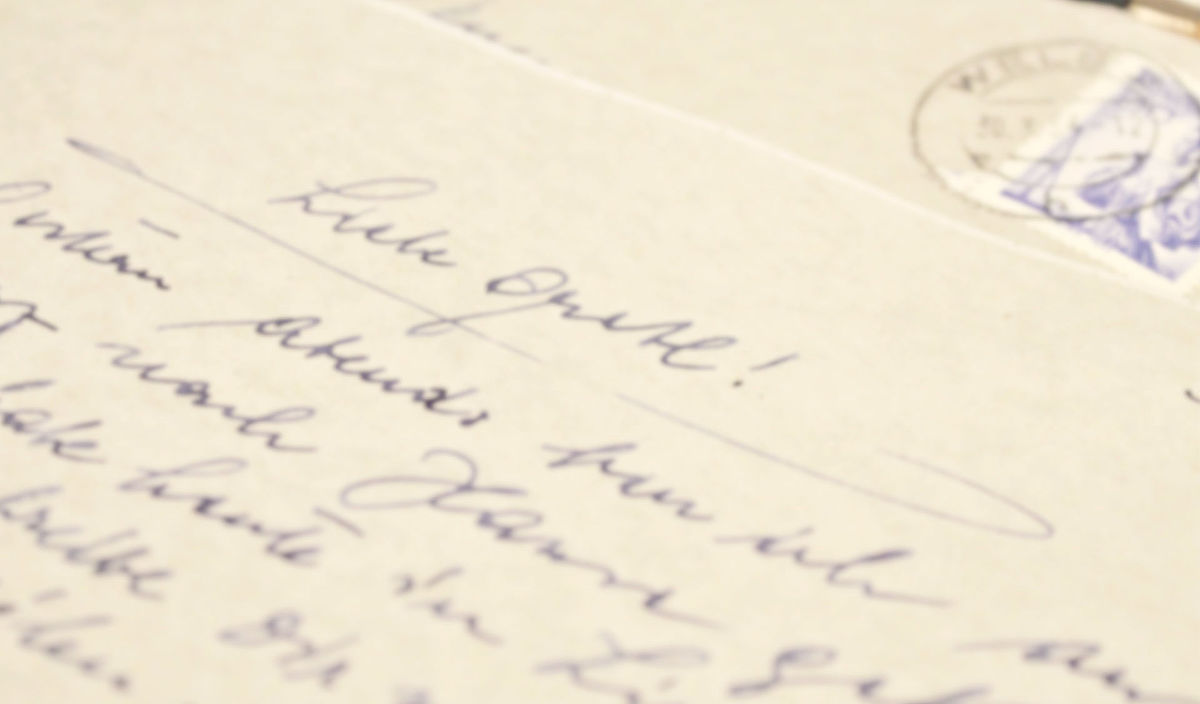German Heritage in Letters
German Heritage in Letters is a project to find, collect, and share online a digital collection of German-language correspondence shedding light on the history of migration that is currently held in private hands or by archival institutions. As part of the U.S.-Germany collaborative project "Transatlantische Korrespondenzen" (Transatlantic Correspondence), the project's emphasis is on finding letters sent from the German-speaking lands to the United States during the long nineteenth century, complementing the long-standing "Auswandererbriefe aus Nordamerika" project focused on collecting letters in Germany sent there by immigrants in North America. While the first immigrants from German-speaking Europe arrived in what would become the United States in the 1600s, large-scale migration dates to the 1840s, when more than 400,000 people crossed the Atlantic to settle here. An increasingly sophisticated and reliable postal system made it possible for immigrants to remain in regular contact with their communities, and for those who remained in Europe to share news from home. By the 1880s, more than three million letters were traveling from Germany to the United States each year.
Innovative historical approaches recognize that it can be as valuable to examine how emigration reshaped ideas of identity and everyday life in communities migrants left behind as it is to study how migration reshaped the perspective of those who made the transatlantic voyage. Launched in 2019 with funding from the Deutschlandjahr USA initiative of the German Federal Foreign Office, project staff are collaborating with institutions and members of the public who hold these important primary sources to create an unprecedented research database for studying migration history through the lens of the experiences of one of the largest immigrant communities in North America.
German Heritage in Letters marks the German Historical Institute’s first large-scale venture into citizen science. Family historians are able to contribute their collections of letters and the website interface enables volunteer scholars to transcribe correspondence to enhance access to the full text materials. The digitization of these materials will help make them available for scholarly research and teaching, as well as offering a strategy for long-term access to these important, rare, and often fragile sources.
